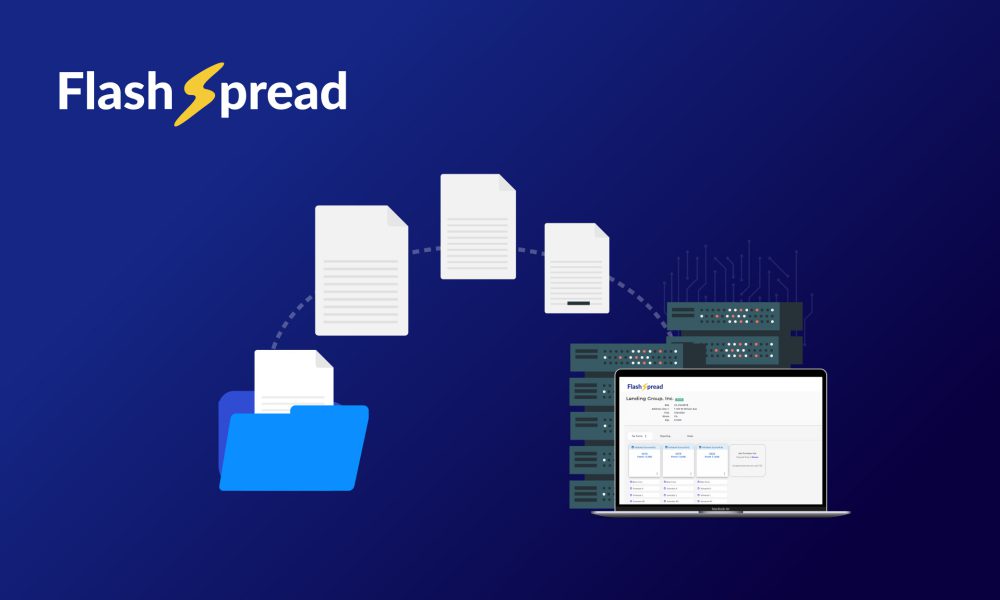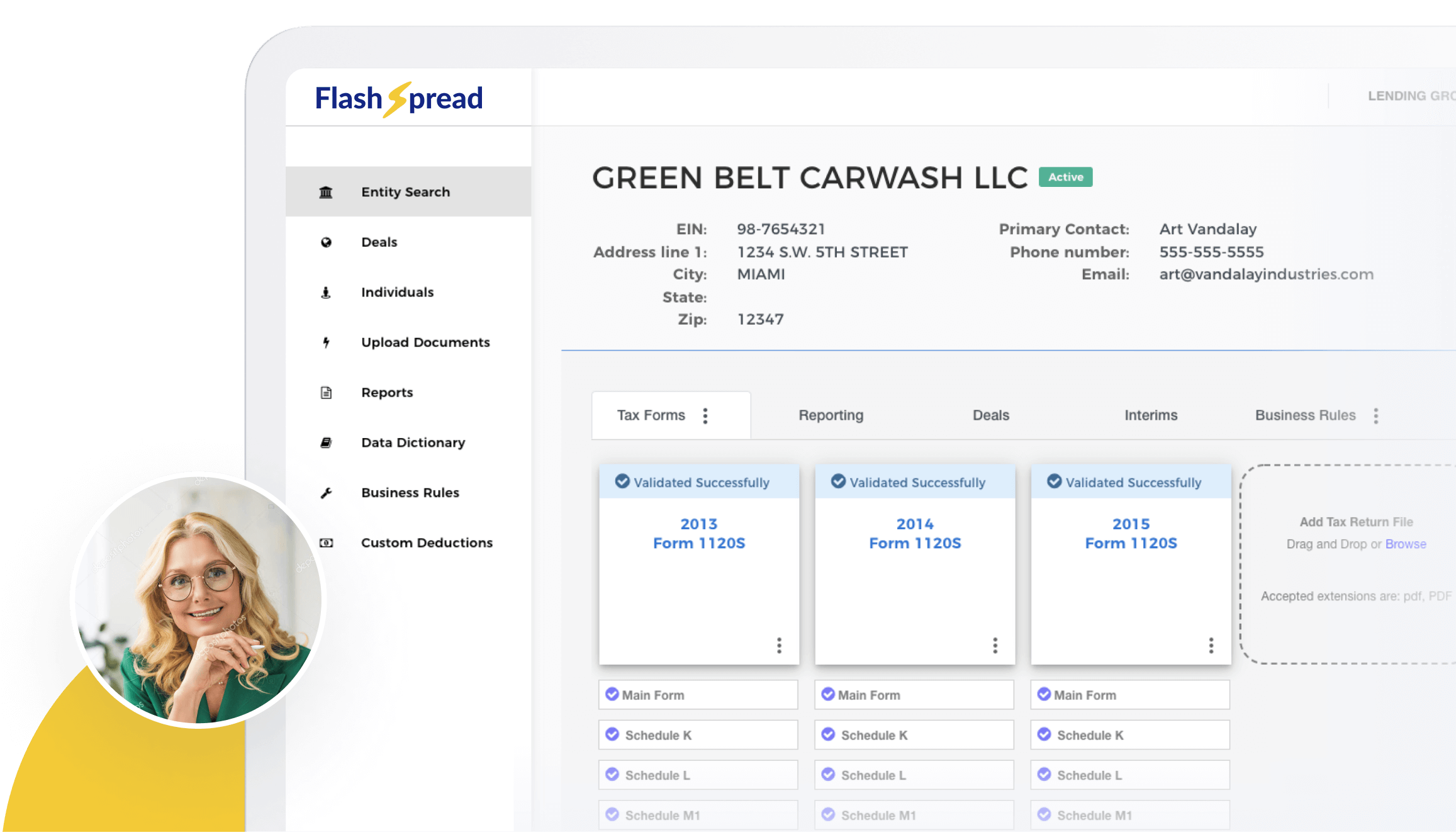Commercial lending is growing more complex and fast. Larger deal sizes, evolving regulations, and rising borrower expectations are putting increasing pressure on lending teams. While no single tool can solve it all, the right technology can remove friction from critical workflows. By targeting the right areas first, lenders can build momentum and begin modernizing step by step.
Commercial lending automation is more than just a buzzword; it’s a necessity for lenders who want to stay competitive without raising costs. A recent PYMNTS report found that 61% of mid-sized U.S. banks are actively working toward fully automated lending, citing improved risk management and faster loan fulfillment as key benefits. Automation enhances speed and consistency, which builds the foundation for scalable growth and competitive advantage.
But automation isn’t an all-or-nothing game. The key is to start with areas that offer the biggest return on investment and build from there. This post outlines four high-impact workflows ideal for early automation, discusses the strategic value they provide, and explores how commercial lenders can modernize without rewriting their entire stack, all with targeted and practical steps.
Table of Contents
Why Automating Commercial Lending Workflows Matters
Commercial loans differ drastically from standard consumer loans. They involve:
- Large loan amounts and complex deal structures
- Multiple internal and external reviewers
- Heavy reliance on financial statements, P&Ls, and tax returns
- Lengthy underwriting cycles
- Heightened regulatory demands
These features make manual workflows prone to delays and errors. Borrowers feel frustrated, and ultimately, so do lenders. High processing times impact margins and erode trust.
Rather than attempting an all-too-big project, successful institutions start by automating high-impact steps, generating immediate ROI while setting the stage for deeper improvements.
Top 4 Workflow Areas to Automate First
Automation doesn’t have to be all or nothing. By focusing on the most repetitive and time-intensive tasks, lenders can begin modernizing operations in a way that delivers immediate impact. Below are four essential workflow areas where automation can streamline commercial lending, reduce errors, and improve team productivity.
1. Financial Spreading and Analysis
Manually reviewing financial statements and inputting data into spreadsheets is one of the most time-consuming steps in commercial lending. Automation tools can extract data directly from tax returns, balance sheets, and income statements, then calculate key financial ratios in minutes. This not only speeds up credit analysis but also ensures greater accuracy across underwriting. Lenders can reallocate time to higher-value tasks such as interpreting trends and making more strategic credit decisions.
2. Document Collection and Management
Chasing down required documents can delay approvals by days or even weeks. By automating document collection, lenders can send borrowers smart checklists based on loan type, business profile, and industry. These tools also allow borrowers to upload files through a secure portal while tracking which items are missing. Automated reminders can follow up without manual effort, helping move files through the pipeline more quickly and reducing back-and-forth communication.
3. Loan Decisioning and Approval Routing
Once documentation and analysis are complete, the next bottleneck often comes in the form of slow internal approvals. Automation can help lenders create rule-based decision engines that triage applications by complexity, flag key risk factors, and route deals to the appropriate underwriter or committee. This eliminates the need for manual handoffs and reduces the risk of approvals getting stuck in inboxes. Lenders benefit from faster turnaround times and greater transparency throughout the loan lifecycle.
4. Portfolio Monitoring and Covenant Tracking
After closing, many lenders rely on manual spreadsheets or fragmented systems to track borrower performance and compliance. Automation simplifies ongoing portfolio management by monitoring borrower financial health in real time. Systems can flag potential covenant breaches, identify late financial submissions, and alert relationship managers to take action. This allows lenders to proactively manage risk and maintain stronger client relationships without increasing workload.
Why FlashSpread is the Ideal Automation Launchpad
For commercial lenders looking to automate without overhauling their entire tech stack, FlashSpread offers a fast, effective starting point. It simplifies one of the most tedious parts of the loan process: financial spreading.
With FlashSpread, lenders can:
Subscribe to BeSmartee 's Digital Mortgage Blog to receive:
- Mortgage Industry Insights
- Security & Compliance Updates
- Q&A's Featuring Mortgage & Technology Experts
- Automatically extract and analyze borrower financials from tax returns in seconds
- Generate key financial statements and ratios using commercial lending-specific templates
- Reduce manual data entry and human error
- Free up underwriters to focus on higher-value tasks
- Integrate easily with existing LOS and workflows—no major implementation needed
FlashSpread delivers measurable ROI quickly, making it the perfect entry point for lenders ready to modernize, scale faster, and stay competitive.
Achieving Strategic Gains Through Automation
Starting with smart automation yields benefits well beyond speed:
1. Faster Underwriting
Document ingestion and financial spreading take minutes instead of days, accelerating approvals and delivering borrower satisfaction.
2. Reduced Errors
Automation eliminates manual entry mistakes, ensuring consistent, reliable underwriting outputs.
3. Improved Compliance
Structured data and audit commenting ensure loans are regulator-ready every step of the way.
4. Resource Efficiency
Your team focuses more on strategy and relationship management, thanks to automated processes freeing up daily workload.
5. Scalable Operations
FlashSpread supports higher loan volumes without linearly hiring staff—perfect for growing fintech lenders and community banks alike.
Laying the Foundation for Future Improvements
Once you’ve automated intake and financial analysis, the path opens for broader transformation across the commercial lending lifecycle:
- Pricing decision engines and credit scoring
- Real-time portfolio monitoring
- Virtual closings and e-signatures
- Analytics-driven insight into deal pipelines
- Risk modeling and early-warning alert systems
These enhancements become easier to adopt once foundational processes are streamlined. FlashSpread is the cornerstone of that foundation, offering fast setup, immediate ROI, and scalable potential. With automation in place, lenders can move beyond operational efficiency and start building a truly data-driven, responsive lending ecosystem.
Roundup
Modern lenders can no longer rely on legacy tools. Commercial lending automation provides: higher efficiency, better borrower experience, stronger compliance, and scalability
With its advanced financial spreading and automation capabilities, FlashSpread delivers immediate outcomes and positions your organization for sustainable success.
Ready to automate smarter and accelerate your commercial lending? Let’s talk about how FlashSpread can help you modernize your workflows, starting with the areas that matter most.




